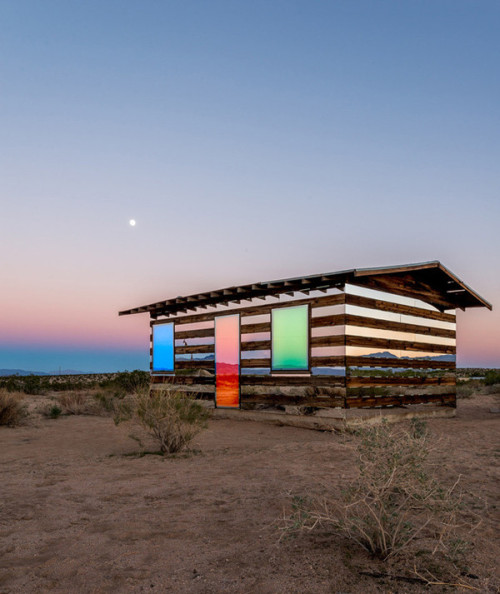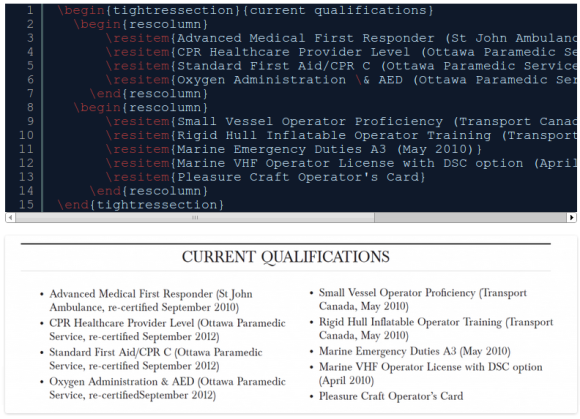








 Over the past year the focus of anti-piracy enforcement has shifted from mandatory legislation to voluntary agreements between copyright groups and other stakeholders.
Over the past year the focus of anti-piracy enforcement has shifted from mandatory legislation to voluntary agreements between copyright groups and other stakeholders.
The Center for Copyright Information (CCI) is one of the pioneers in this field. Earlier this year the coalition of copyright holders and ISPs launched the six-strikes Copyright Alert System, but the non-profit company has additional plans to tackle the piracy problem.
CCI’s Executive Director Jill Lesser addresses the House Judiciary Subcommittee today, explaining what efforts the group has taken so far and what it hopes to achieve in the near future.
Lesser states that it’s too early to evaluate the effectiveness of the alert system. However, through customer research the CCI has learned some valuable insights that will help to frame their educational messages.
“To support the companies’ work, the CCI engaged in consumer research that helped us understand what consumers do and do not know about P2P technology and their level of understanding about the copyright laws.”
One of the troubling findings of the research is that most consumers don’t understand or appreciate copyright.
“We found that most consumers do not understand or appreciate concepts that many of us in the policy and legal communities take for granted – like the meaning of copyright,” Lesser notes.
These and other insights are used to better communicate their anti-piracy messaging, and CCI hopes that this will eventually lead to less copyright infringements.
“This research is helping us to better understand the drivers of consumer behavior around piracy and, we hope, will help us to improve the CCI’s effectiveness in communicating our messages and ultimately reduce the level of online piracy and increase content consumption through legal means.”
Aside from the alerts, which are targeted at the person who pays the Internet bill, the CCI is also reaching out to a much younger group of U.S. citizens. Together with iKeepSafe they have developed a new curriculum that will teach the value of copyright to California kids, starting at kindergarten.
“We have developed a new copyright curriculum that is being piloted during this academic year in California,” Lesser informs the House Judiciary Subcommittee.
“The kindergarten through sixth grade curriculum, entitled ‘Be A Creator’™, is the result of CCI’s partnership with the California School Libraries Association and iKeepSafe, a leading digital literacy organization.”
The pamphlet pictured above is one of the course materials that’s currently listed on CCI’s website. The “Be A Creator” ™ program was also mentioned during the launch of the Copyright Alert System, but at the time it wasn’t known that kindergartens would also be targeted.
TorrentFreak talked to Public Knowledge president and co-founder Gigi Sohn, who is a member of CCI’s advisory board. She assured us that there are several safeguards in place to assure that the end product will be objective. The advisory board was brought in for advice at various stages in the process, and the California School Libraries Association is a known fair use proponent.
“Rest assured if this curriculum is perceived as being anything but fair, it won’t proceed beyond the pilot stage,” Sohn says.
The Electronic Frontier Foundation (EFF), however, is skeptical about the educational program, and fears that it will be biased towards copyright holders.
“Based on what we’ve seen so far, that curriculum will do little to help kids understand the copyright balance. Instead, it is going to teach kids that creative works are ‘stuff’ that can be owned and that you must always check before using that ‘stuff’,” the EFF commented.
While we haven’t seen the full course materials, the EFF has a valid point. The CCI consists of copyright holders and Internet Providers who will most likely highlight other copyright aspects than free speech scholars. While there are other parties that will add balance, it can still create distrust.
Earlier this week the Internet Society warned that the CCI’s educational copyright alerts might be biased to a certain extent. The organization encouraged CCI and other groups to use neutral third parties for their educational efforts.
Whether the CCI plans to do something with this critique remains to be seen.
Source: MPAA and RIAA Teach Copyright at Kindergartens

Engineers just do things differently, which is why this hack makes a lot of sense to us. Instead of choosing a platform like Open Office to maintain his resume [Campbell Hennessy] renders his employment and references using LaTeX.
We separate content from styling on the web all the time using CSS and content management systems (Hackaday uses WordPress). And with the online component of employment history and job applications becoming progressively more important it makes a lot of sense to prepare your CV accordingly.
LaTeX is a markup language that makes graphically pleasing typesetting effects a snap. We’ve seen it used to label resistor storage tubes and server side hacks to embed the markup in HTML. If you haven’t tried it out yourself just grab your resume (which probably needs updating anyway), a LaTeX rendering tool of your choice, crack those knuckles, and follow along with [Campbell's] experience.
Ever have to take a call while stargazing, or do you use astronomical apps on your phone, only to have the white screen ruin your night vision? A new app called Sunset is a screen filter that essentially adds a dimmed red-color filter onto an Android device’s screen so you can use your smartphone during those extra dark moments and not lose your dark-adapted night-vision.
The app’s description says it best:
(...)
Read the rest of New Android App Makes it Easier to Use Your Phone While Stargazing (166 words)
© nancy for Universe Today, 2013. |
Permalink |
4 comments |
Post tags: Apps, Astronomy Apps
Feed enhanced by Better Feed from Ozh

Curtain of Crepuscular Rays at Dawn, on June 17, 2013. Taken from Coral Towers Observatory in Australia. Credit and copyright: Joseph Brimacombe.
Prolific astrophotographer and Australian astronomer Joseph Brimacombe captured this beautiful wide-field view of crepuscular rays from the Sun last week. You definitely want to click on this image to see a larger view on Flickr. This image is made of seven frames; three exposures each. Brimacombe was lucky to get this shot; just seven minutes later (see the view here), the spectacular curtain of rays were gone.
(...)
Read the rest of Astrophoto: Curtain of Crepuscular Rays at Dawn (103 words)
© nancy for Universe Today, 2013. |
Permalink |
One comment |
Post tags: Astrophotos, Crepuscular Rays
Feed enhanced by Better Feed from Ozh
So much of our information processing and storage has been moved to “the cloud” that we might as well start calling it “atmospheric” computing. And the pace is accelerating.
With so many choices in the market, and so many changes in expectations and abilities, how can you make an informed decision on how to protect your company’s critical data?
We don’t claim to have all the answers to the challenges posed by migration to the cloud, but an article this week on Forbes helpfully dispels 10 Myths About Cloud Computing. What’s Myth #1? Public cloud is the only true cloud:
“In a 2012 Gartner Data Center Conference poll, almost 9 out of 10 survey respondents said they were planning, piloting, or already using a private cloud within their organizations.”
We’re in complete agreement. In fact, if you check out our White Paper, Private Cloud Considerations: Control and Considerations for Enterprise Teams, you’ll learn that “data from Unisphere Research indicates that nearly one half (45%) of organizations with more than 10,000 employees already have deployed a private cloud solution for production systems.”
So what other myths are debunked? How about Myth #8: Public clouds are still not secure. In our case, CrashPlan PROe features rock-solid security. We encrypt data right on the device with a 448-bit algorithm before the data is transmitted. Then we further scramble the transmission using AES 128-bit encryption.
I won’t spoil the rest, because it’s worth your time to read it all. When you’re done, you’ll be better prepared to avoid turbulence in your shift to the cloud. Then read more about how CrashPlan PROe’s unique offering of public, private and hybrid cloud backup can protect the data on every one of your organization’s endpoints.